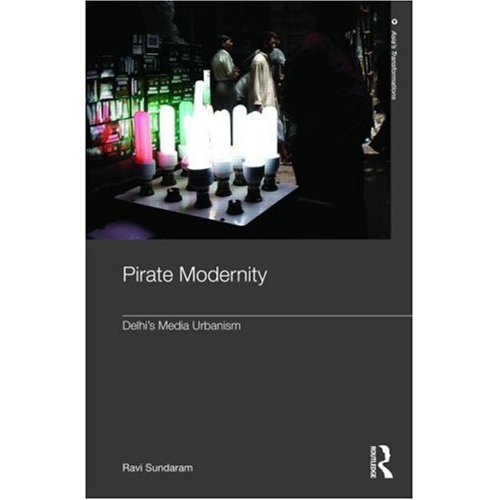A New Kind of Pop-up Book
Early pop-up books are made out of pure paper. Each time the kid opens a page, an architectural piece of art jumps out of the book. In 2014, it looks much different. Bridging Book established a new mixed-media book for children and presents...





















